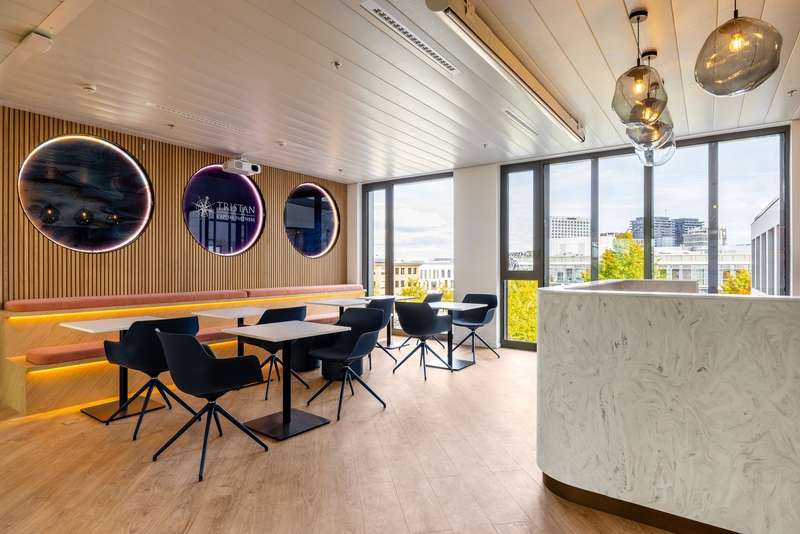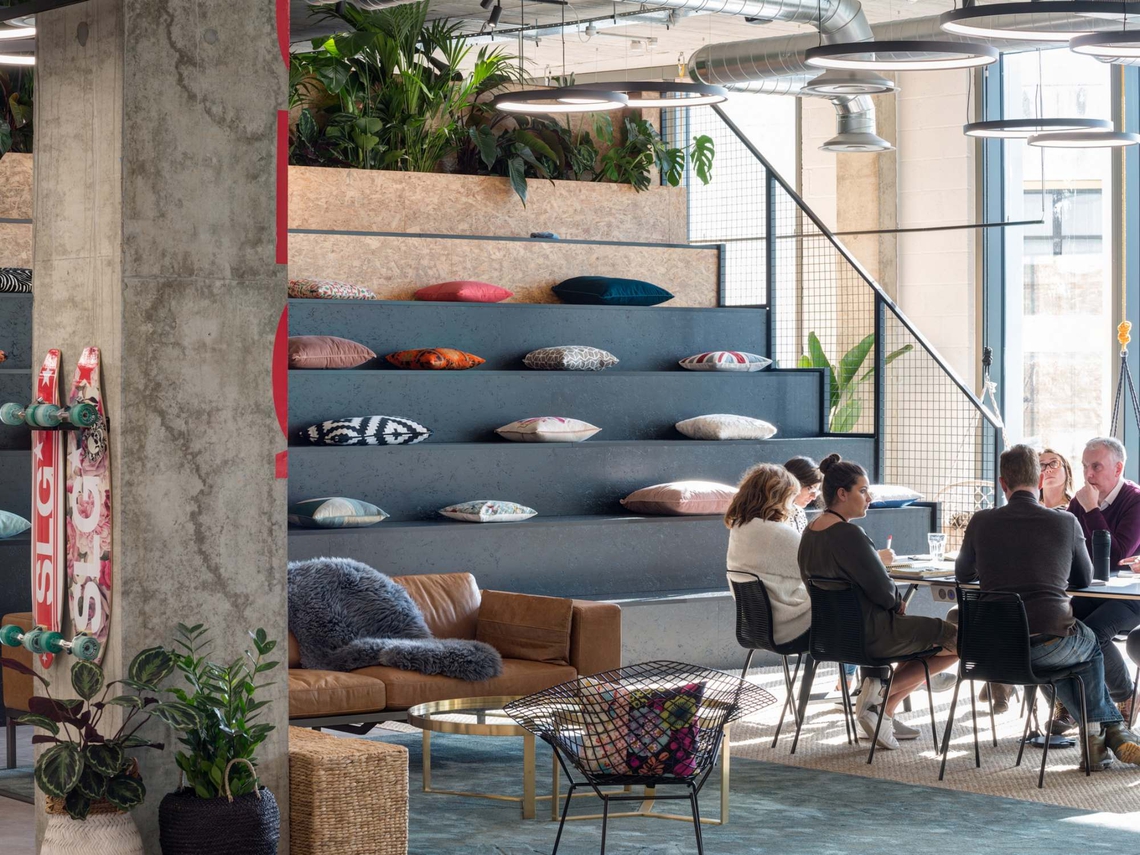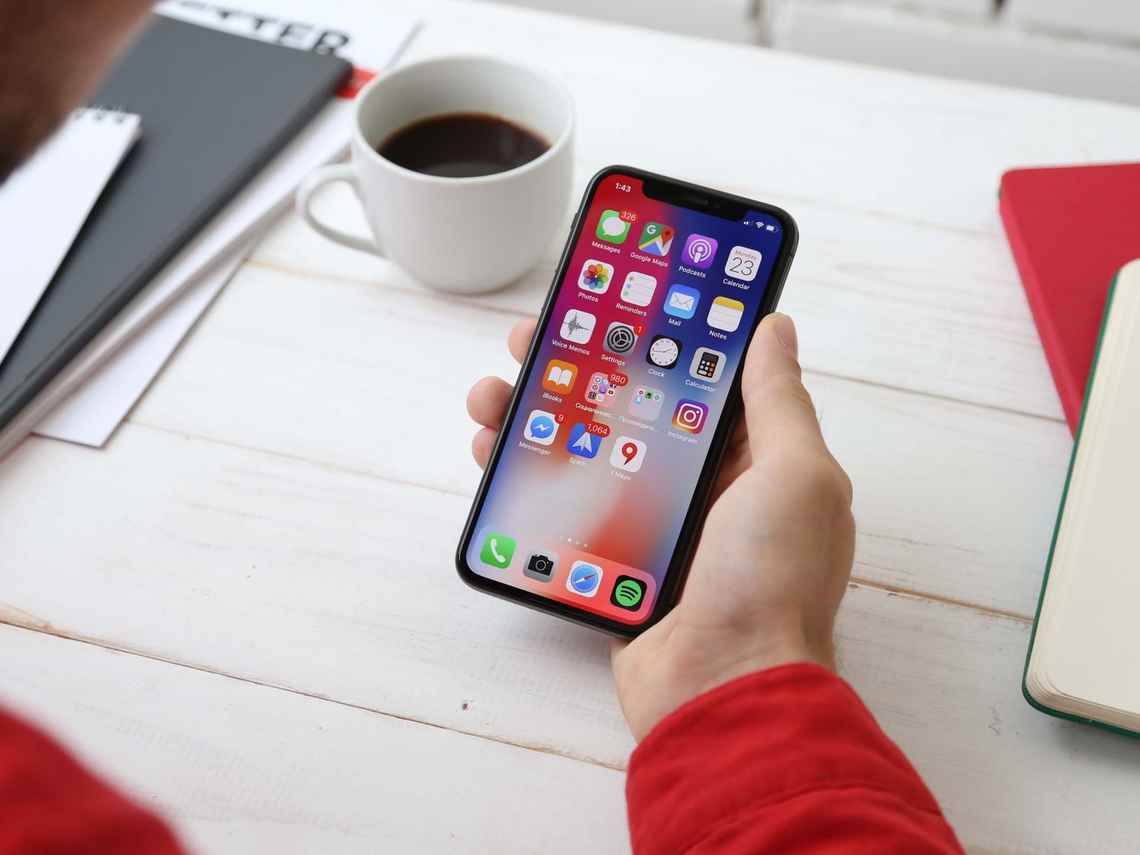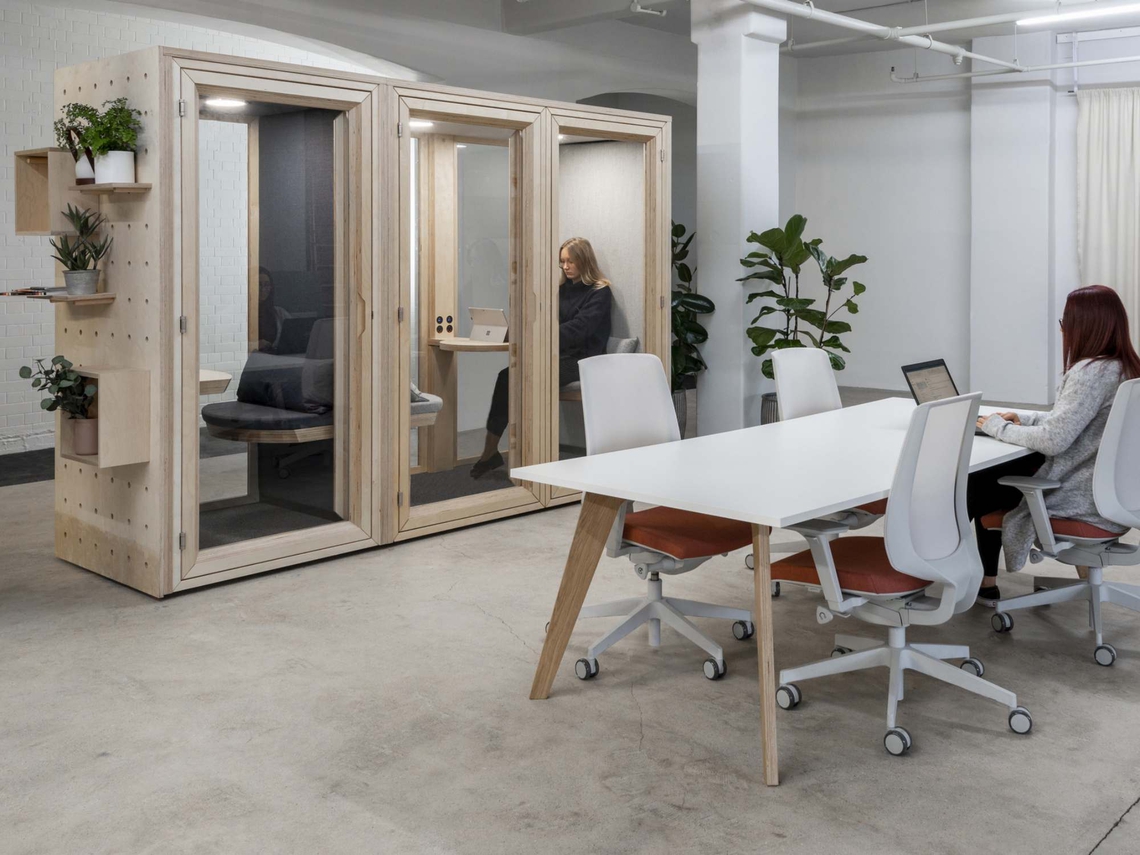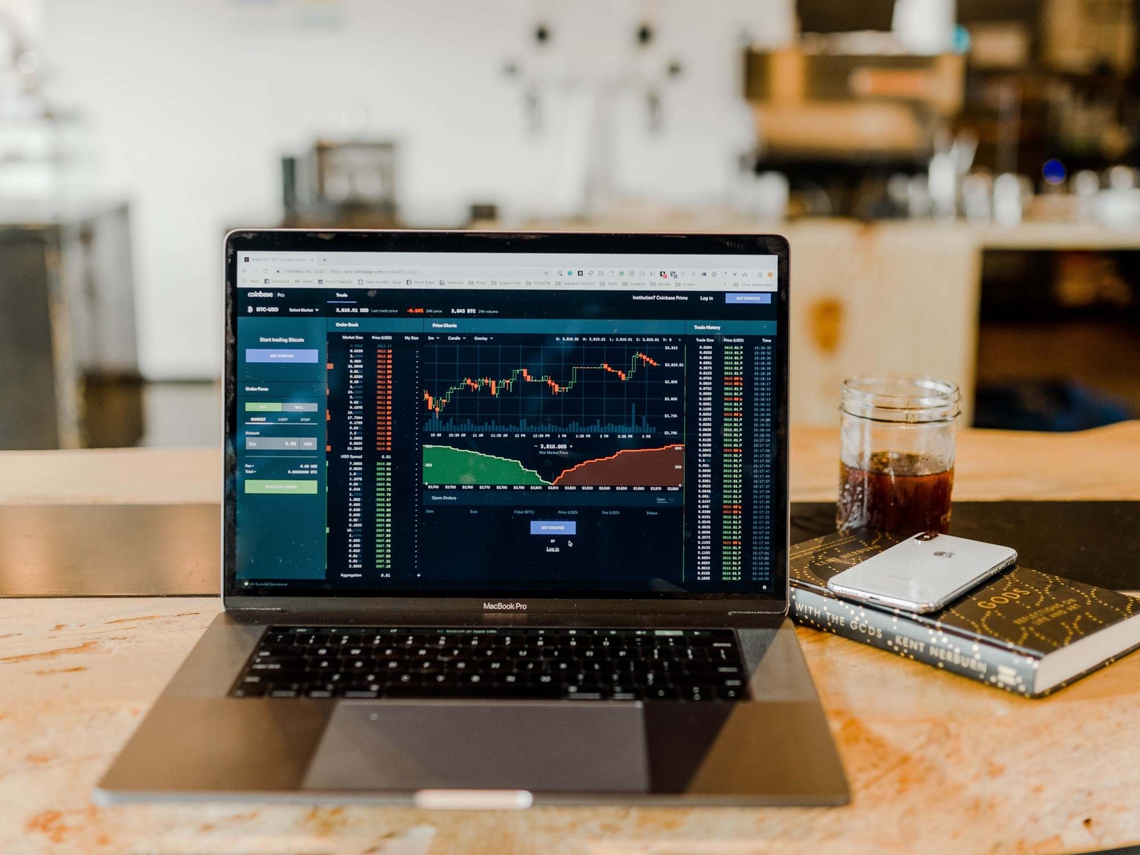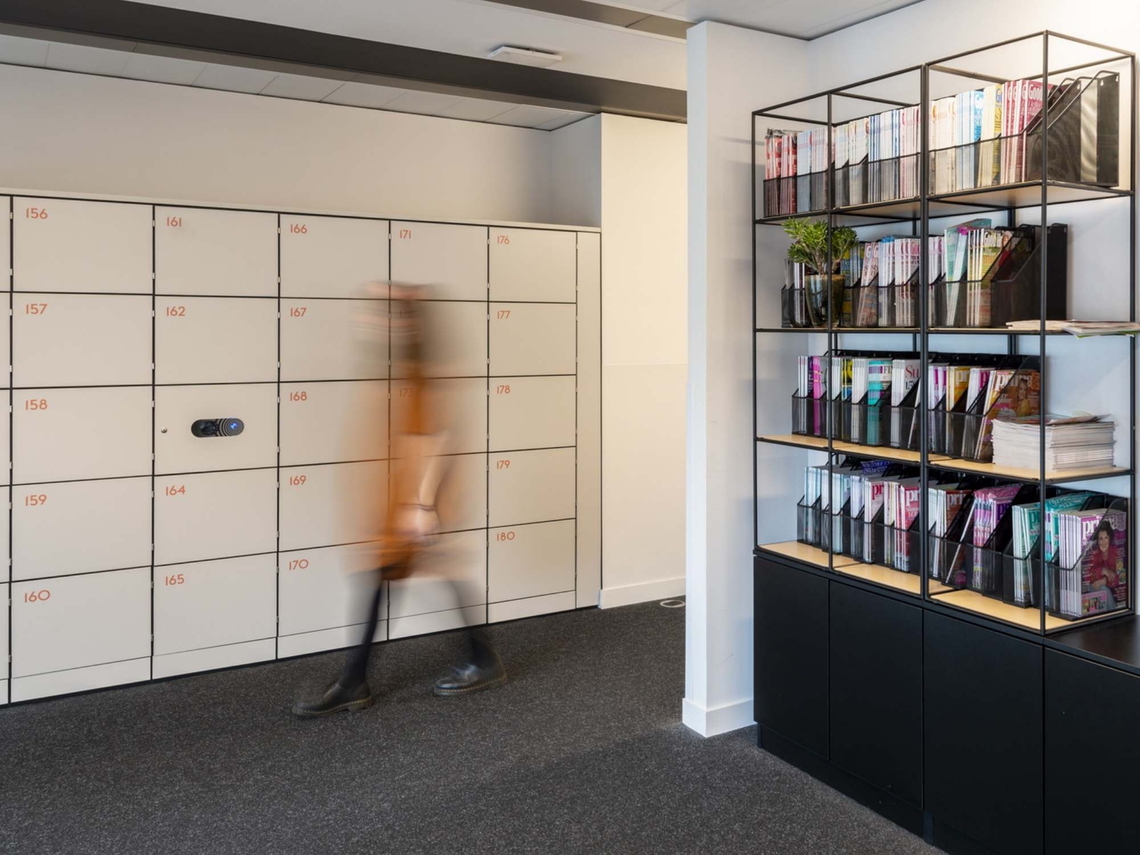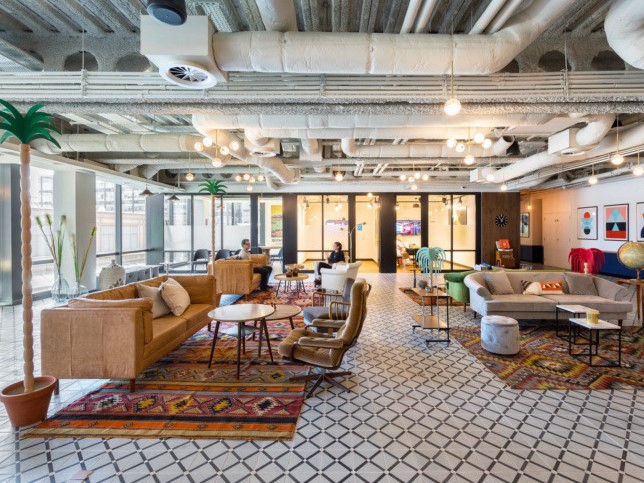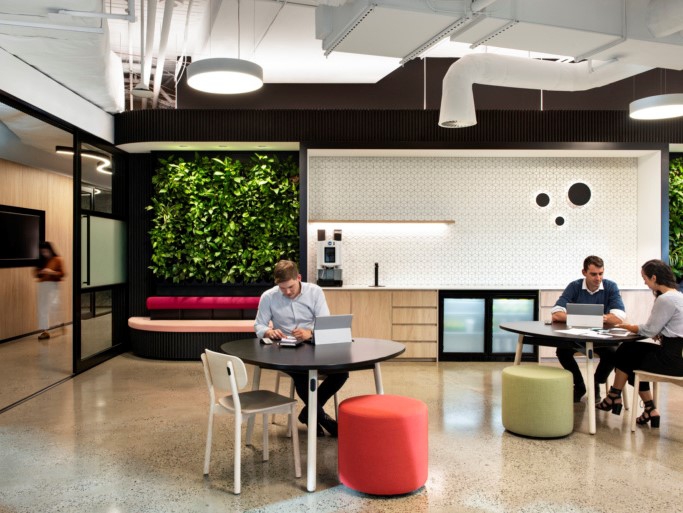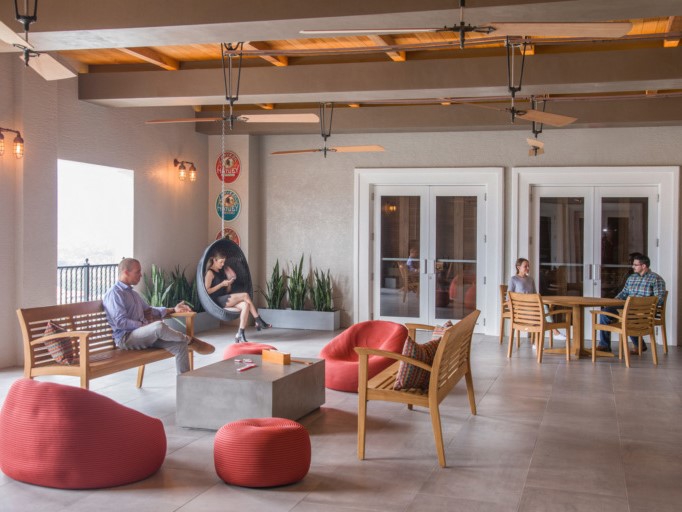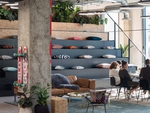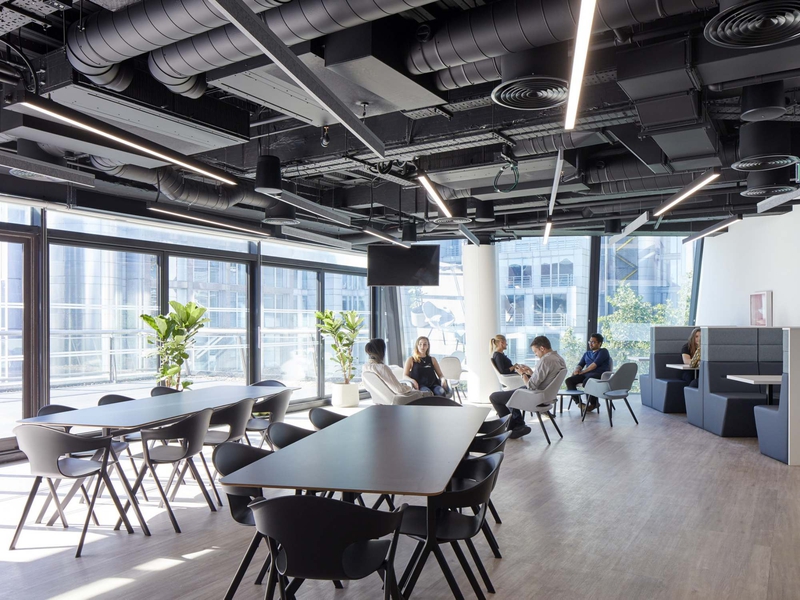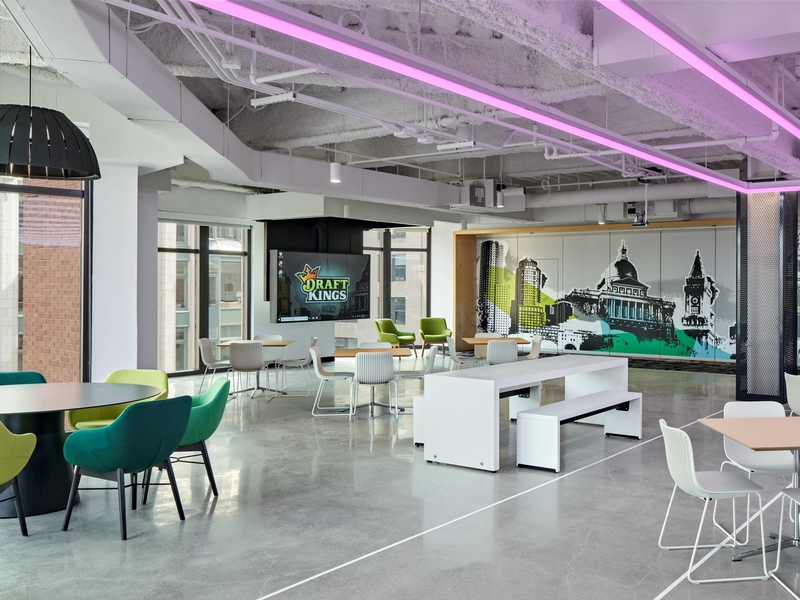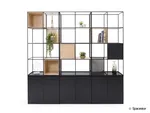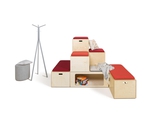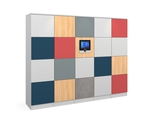16 Dec 2019
Industry Trends
Silicon Valley is leading the way in a digital workplace revolution, with tech giants building model workplaces for every other industry to learn from. So, to keep ahead of their competitors, smaller companies are now becoming more like tech companies themselves and embracing the new disruptive technologies that are shaping the future.
A vital part of this revolution is an increased focus on the employee experience. Tech companies have made their customer experience increasingly seamless and simple—just think of how easy it is to use Uber, Amazon or, indeed, Seamless—but what about employees? With a well-planned digital workplace, the employee experience can be made just as frictionless, allowing staff to move between different devices and platforms with ease, just as they’re used to doing at home.
In today’s blog, we’ll explain the new digital workplace, how it connects to the internet of workplace, and how these new technologies can empower employees.
The digital workplace is the next stage of the workplace. It’s the natural evolution of the office. Today’s workplaces have grown larger than the office and working hours now continue long after the office is closed for the day. The boundaries between the physical and digital worlds, and our jobs and our personal lives, have been dissolved. Because of this, we need a digital workplace: meaning an always-connected system that allows staff to access everything they need, wherever they are and at whatever time.
All of the many platforms and technologies used by staff—such as email, instant messaging, social networks, intranets, video conferencing and presentation software, mobile apps, wearables, mixed-reality headsets and more—now have to be connected together in a digital workplace. All of a company’s employees should be connected together in the cloud so that they always have access to the resources they need. They might also be joined together by an internet of workplace (see below), or by decentralised blockchains or other ways of sharing information and expertise. The hundreds of platforms and technologies used by forward-thinking companies today have to be seamlessly integrated into office spaces and the personal devices of the staff that work in and around them.

A good digital workplace is all about convergence: about bringing different offices and teams and remote workers together in one shared space. It’s about the software that employees use, the ways they communicate with one another, and the way that work is stored and shared. Done properly, it allows everybody to share more wherever they are, so that people from all around the world can work together and exchange new ideas immediately.

Today’s internet is now connected to more or less anything we can think of: furniture, lighting, air conditioning, window shades, heating, lockers, printers, scanners, water coolers, coffee machines and more besides. As more and more parts of the office are connected up online, we’re going to see the rise of an “internet of workplace” comprising devices, furniture and utilities. For instance, occupancy sensors can automatically turn off the lights when a room is empty, while daylight sensors can automatically adjust office lighting relative to natural light levels.

The internet of workplace also allows staff to have more control over their environment: think phone apps that can control window shades, or tablets that can adjust the temperature. Another great example is our HotLocker solution for personal storage, which allows staff to choose their locker for the day using just their phone. Giving employees more control over their working environment like this is great for morale and for increased productivity—it’s empowering.
It’s important to keep up with technological progress, but even more important to stay focused on people and their needs—to think about how these new technologies can be used to help staff do their jobs more productively and enjoyably. Tech has made our day-to-day lives easier, and the same should be true of our working lives too.
Many are worried about automation and AI taking away our jobs, but deployed properly, these new advances can just as well be used to empower employees. For example, AI can take care of repetitive jobs like data processing so that employees can focus on jobs involving uniquely human skills like good judgement and creativity; which are generally more enjoyable, important and rewarding also.
The best designers put people and their experiences at the heart of the design process; and the best digital workplaces are those that seamlessly integrate into the office, and their employees’ different ways of working, and help them to thrive like never before.
Share this article




